-
 Bitcoin
Bitcoin $85,236.8618
0.90% -
 Ethereum
Ethereum $1,615.9773
1.41% -
 Tether USDt
Tether USDt $0.9996
-0.02% -
 XRP
XRP $2.0883
0.66% -
 BNB
BNB $591.2394
-0.31% -
 Solana
Solana $138.7789
3.57% -
 USDC
USDC $0.9997
-0.02% -
 Dogecoin
Dogecoin $0.1571
-0.57% -
 TRON
TRON $0.2426
0.82% -
 Cardano
Cardano $0.6304
0.44% -
 UNUS SED LEO
UNUS SED LEO $9.3083
0.85% -
 Chainlink
Chainlink $12.9679
2.88% -
 Avalanche
Avalanche $20.2445
5.87% -
 Stellar
Stellar $0.2481
3.09% -
 Toncoin
Toncoin $2.9678
-0.99% -
 Shiba Inu
Shiba Inu $0.0...01230
0.25% -
 Hedera
Hedera $0.1667
0.48% -
 Sui
Sui $2.1626
1.33% -
 Bitcoin Cash
Bitcoin Cash $334.6897
-2.24% -
 Hyperliquid
Hyperliquid $18.0279
6.84% -
 Polkadot
Polkadot $3.8084
3.15% -
 Litecoin
Litecoin $76.0021
-0.32% -
 Bitget Token
Bitget Token $4.5255
2.93% -
 Dai
Dai $0.9999
-0.01% -
 Ethena USDe
Ethena USDe $0.9992
-0.02% -
 Pi
Pi $0.6488
4.29% -
 Monero
Monero $211.1432
-2.44% -
 Uniswap
Uniswap $5.3268
2.64% -
 Pepe
Pepe $0.0...07424
2.66% -
 OKB
OKB $50.9311
0.82%
ledger in blockchain meaning
A blockchain ledger is a cryptographically secured, distributed database recording all transactions. Its immutable, shared nature across numerous computers ensures transparency and prevents data alteration.
Mar 20, 2025 at 10:35 am
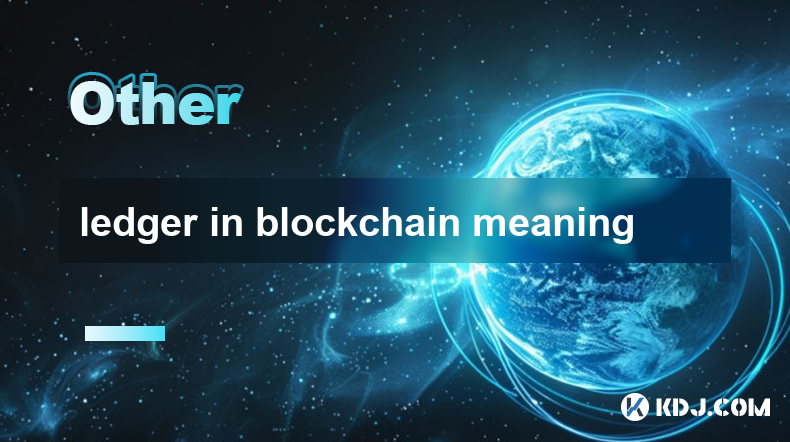
Key Points:
- A ledger, in the context of blockchain, is a continuously growing list of records, secured using cryptography.
- This ledger is distributed across multiple computers, ensuring transparency and security.
- Each record, or block, contains information about transactions, timestamps, and cryptographic hashes.
- This distributed nature makes it extremely difficult to alter or delete data.
- Understanding the ledger is crucial to understanding how blockchain technology functions.
Ledger in Blockchain Meaning: A Deep Dive
The term "ledger" in the context of blockchain technology refers to a shared, continuously updated database that records all transactions across the network. Unlike traditional centralized databases controlled by a single entity, a blockchain ledger is distributed across numerous computers (nodes) participating in the network. This distributed nature is a cornerstone of blockchain's security and transparency.
Each transaction on the blockchain is grouped into a "block," which is then added to the existing chain of blocks, hence the name "blockchain." These blocks are linked cryptographically, meaning each block contains a cryptographic hash of the previous block. This creates an immutable chain of records, making it extremely difficult to alter past transactions without detection.
The immutability of the blockchain ledger is achieved through cryptographic hashing and consensus mechanisms. Cryptographic hashing ensures that even a small change to a block's data will result in a completely different hash, immediately revealing any tampering attempts. Consensus mechanisms, like Proof-of-Work or Proof-of-Stake, ensure that all nodes agree on the validity of new blocks before they are added to the chain.
The ledger's distributed nature enhances security. Since the ledger isn't stored in a single location, it's resistant to single points of failure. If one node fails, the blockchain remains intact as the data is replicated across the network. This decentralized structure is crucial for preventing data manipulation and ensuring the integrity of the entire system.
The information contained within each block of the ledger typically includes:
- Transaction details: Information about the sender, receiver, and amount of cryptocurrency transferred.
- Timestamp: The time and date the transaction occurred.
- Cryptographic hash: A unique fingerprint of the block's data, ensuring its integrity.
- Hash of the previous block: A link to the previous block in the chain, maintaining the chronological order.
How the Ledger Works in Practice
Let's imagine a simple transaction: Alice sends Bob 1 BTC. This transaction is broadcast to the network. Nodes validate the transaction, checking if Alice has sufficient funds and if the transaction is legitimate. Once validated, the transaction is added to a new block along with other validated transactions.
This new block is then added to the existing blockchain after the network reaches a consensus on its validity. This process requires nodes to solve complex cryptographic puzzles (in Proof-of-Work systems) or stake their cryptocurrency (in Proof-of-Stake systems) to verify and add the block. Once added, the transaction becomes a permanent part of the blockchain's public ledger, viewable by anyone.
The cryptographic hashing and consensus mechanisms ensure the integrity and security of the ledger. Any attempt to alter a past transaction would require altering all subsequent blocks, a computationally infeasible task given the distributed nature of the blockchain.
The Importance of Transparency
The public and transparent nature of the blockchain ledger is a key differentiator from traditional financial systems. All transactions are recorded on the ledger, providing a level of accountability and auditability not easily achieved in centralized systems. This transparency is vital for building trust and ensuring the integrity of cryptocurrency transactions.
Different Types of Ledgers
While the core concept remains the same, different blockchain networks utilize variations in ledger design and implementation. Some networks prioritize speed and scalability, potentially compromising some degree of decentralization. Others focus on maximizing decentralization and security, sometimes at the cost of transaction speed.
Common Questions & Answers
Q: Is the blockchain ledger accessible to everyone?
A: The accessibility depends on the specific blockchain. Many public blockchains, like Bitcoin and Ethereum, have publicly accessible ledgers, allowing anyone to view transaction history. However, private blockchains restrict access to authorized participants only.
Q: Can data on the blockchain ledger be deleted?
A: No. The cryptographic linking of blocks and the consensus mechanisms make it practically impossible to delete or alter data on a blockchain ledger once it has been added.
Q: How is the security of the blockchain ledger maintained?
A: The security relies on a combination of cryptography, distributed consensus mechanisms, and the vast number of nodes participating in the network. The more nodes there are, the more difficult it becomes to compromise the integrity of the ledger.
Q: What are the advantages of using a distributed ledger like blockchain?
A: Distributed ledgers offer increased transparency, security, immutability, and resistance to censorship and single points of failure compared to centralized databases.
Q: What are the limitations of blockchain ledgers?
A: Scalability (handling large transaction volumes), energy consumption (especially in Proof-of-Work systems), and regulatory uncertainty are some of the limitations associated with blockchain ledgers.
Q: How does the ledger handle transaction conflicts?
A: Consensus mechanisms resolve transaction conflicts. Nodes validate transactions and only add them to the chain if they meet pre-defined rules and a consensus is reached among participating nodes. Conflicting transactions are typically rejected.
Q: What is the role of mining in maintaining the blockchain ledger?
A: In Proof-of-Work blockchains, mining is the process by which nodes compete to solve complex cryptographic problems to validate and add new blocks to the ledger. This process secures the network and maintains the integrity of the ledger.
Disclaimer:info@kdj.com
The information provided is not trading advice. kdj.com does not assume any responsibility for any investments made based on the information provided in this article. Cryptocurrencies are highly volatile and it is highly recommended that you invest with caution after thorough research!
If you believe that the content used on this website infringes your copyright, please contact us immediately (info@kdj.com) and we will delete it promptly.
- The Crypto Market Is Heating Up Again—and It's Not Just Bitcoin or Ethereum This Time
- 2025-04-20 05:35:12
- After years of regulation-by-enforcement, the SEC is now open to public input on crypto policy
- 2025-04-20 05:35:12
- Bitcoin (BTC) Prices Hold Steady Near $83,200 as Thousands Protest Against Trump
- 2025-04-20 05:30:12
- While the Crypto Market Oscillates Without a Clear Direction, Some Internal Dynamics Are Reigniting Tensions
- 2025-04-20 05:30:12
- XploraDEX Presale Enters Its Final 48 Hours, with the Energy Electric Across the XRP Community
- 2025-04-20 05:25:12
- Justin Sun Hints at TRX ETF on SEC Website, Sparking Crypto Community Excitement
- 2025-04-20 05:25:12
Related knowledge
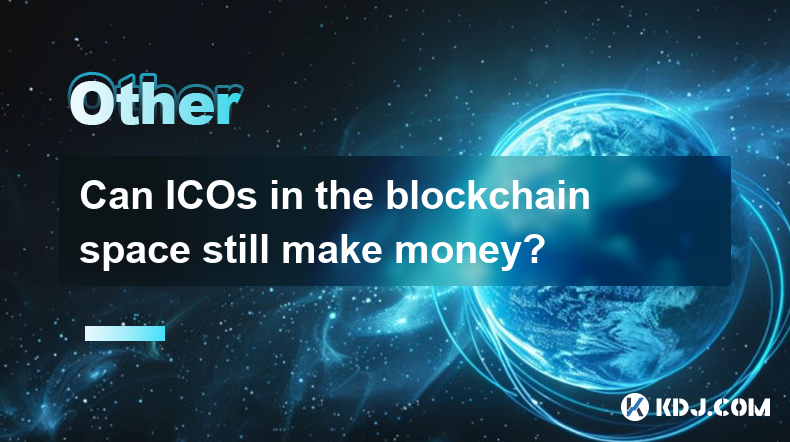
Can ICOs in the blockchain space still make money?
Apr 17,2025 at 08:29pm
The landscape of Initial Coin Offerings (ICOs) in the blockchain space has evolved significantly since their peak in 2017 and 2018. Despite the increased regulatory scrutiny and the rise of alternative fundraising methods like Security Token Offerings (STOs) and Initial Exchange Offerings (IEOs), ICOs can still be a viable way to raise funds and generat...

Can the application of blockchain in supply chain finance bring benefits?
Apr 15,2025 at 04:00pm
Can the application of blockchain in supply chain finance bring benefits? The integration of blockchain technology into supply chain finance has garnered significant attention in the cryptocurrency and financial sectors. This article explores how blockchain can potentially revolutionize supply chain finance, detailing its benefits and providing a compre...
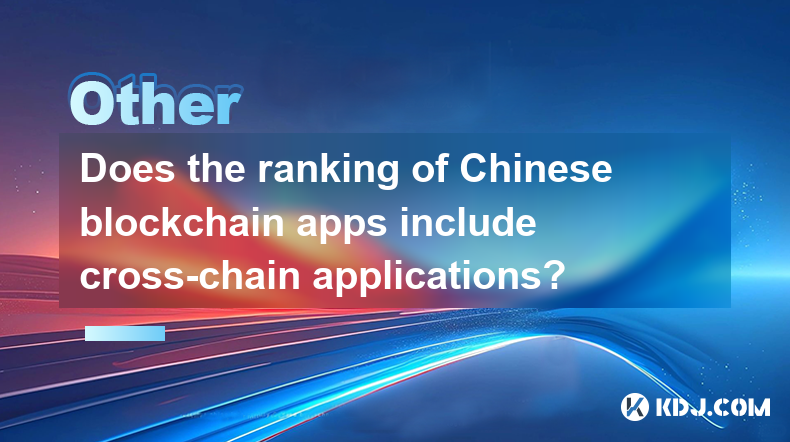
Does the ranking of Chinese blockchain apps include cross-chain applications?
Apr 14,2025 at 04:00pm
The ranking of Chinese blockchain apps is a comprehensive evaluation that takes into account various aspects such as user base, transaction volume, and technological innovation. A pertinent question arises regarding whether these rankings include cross-chain applications. Cross-chain applications, which allow different blockchain networks to interact an...
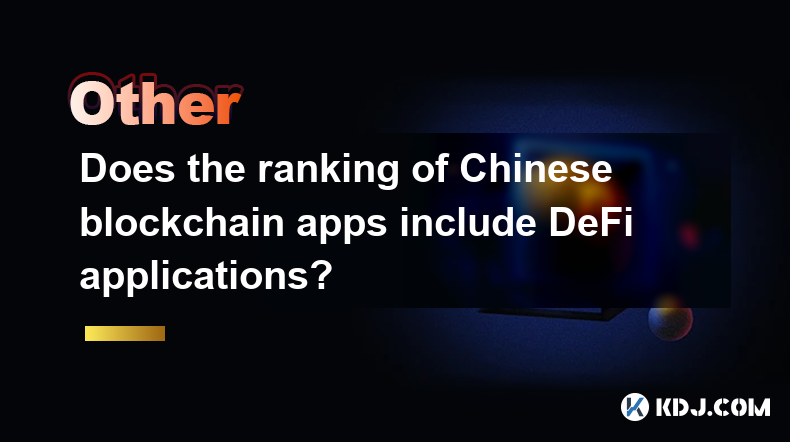
Does the ranking of Chinese blockchain apps include DeFi applications?
Apr 15,2025 at 06:57am
The ranking of Chinese blockchain apps is a comprehensive list that showcases the most popular and influential applications within the cryptocurrency ecosystem. One question that often arises is whether these rankings include DeFi applications. To answer this, we need to delve into the specifics of how these rankings are compiled and what types of appli...
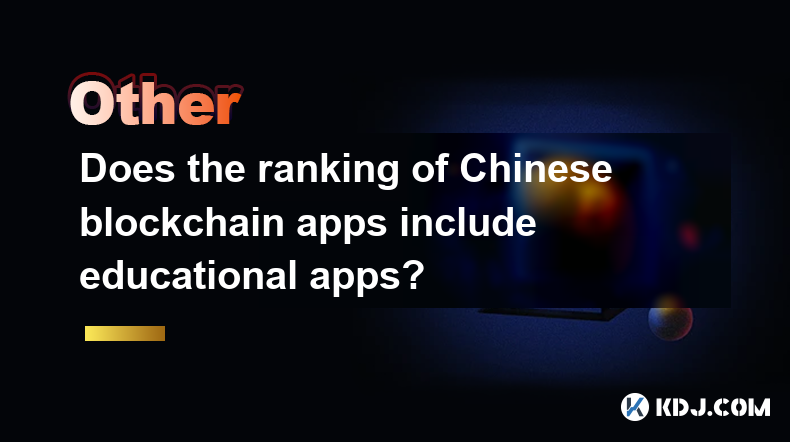
Does the ranking of Chinese blockchain apps include educational apps?
Apr 16,2025 at 03:35am
The ranking of Chinese blockchain apps often includes a variety of categories, from finance and gaming to social networking and beyond. One question that frequently arises is whether these rankings include educational apps. To address this, we need to delve into the specifics of how blockchain apps are categorized and ranked in China, and whether educat...
Does the ranking of Chinese blockchain apps include enterprise-level applications?
Apr 15,2025 at 06:42am
The ranking of Chinese blockchain apps often includes a variety of applications, ranging from consumer-focused to enterprise-level solutions. Understanding the scope and criteria for these rankings is essential to determine if enterprise-level applications are included. This article delves into the specifics of how Chinese blockchain app rankings are co...

Can ICOs in the blockchain space still make money?
Apr 17,2025 at 08:29pm
The landscape of Initial Coin Offerings (ICOs) in the blockchain space has evolved significantly since their peak in 2017 and 2018. Despite the increased regulatory scrutiny and the rise of alternative fundraising methods like Security Token Offerings (STOs) and Initial Exchange Offerings (IEOs), ICOs can still be a viable way to raise funds and generat...

Can the application of blockchain in supply chain finance bring benefits?
Apr 15,2025 at 04:00pm
Can the application of blockchain in supply chain finance bring benefits? The integration of blockchain technology into supply chain finance has garnered significant attention in the cryptocurrency and financial sectors. This article explores how blockchain can potentially revolutionize supply chain finance, detailing its benefits and providing a compre...

Does the ranking of Chinese blockchain apps include cross-chain applications?
Apr 14,2025 at 04:00pm
The ranking of Chinese blockchain apps is a comprehensive evaluation that takes into account various aspects such as user base, transaction volume, and technological innovation. A pertinent question arises regarding whether these rankings include cross-chain applications. Cross-chain applications, which allow different blockchain networks to interact an...

Does the ranking of Chinese blockchain apps include DeFi applications?
Apr 15,2025 at 06:57am
The ranking of Chinese blockchain apps is a comprehensive list that showcases the most popular and influential applications within the cryptocurrency ecosystem. One question that often arises is whether these rankings include DeFi applications. To answer this, we need to delve into the specifics of how these rankings are compiled and what types of appli...

Does the ranking of Chinese blockchain apps include educational apps?
Apr 16,2025 at 03:35am
The ranking of Chinese blockchain apps often includes a variety of categories, from finance and gaming to social networking and beyond. One question that frequently arises is whether these rankings include educational apps. To address this, we need to delve into the specifics of how blockchain apps are categorized and ranked in China, and whether educat...

Does the ranking of Chinese blockchain apps include enterprise-level applications?
Apr 15,2025 at 06:42am
The ranking of Chinese blockchain apps often includes a variety of applications, ranging from consumer-focused to enterprise-level solutions. Understanding the scope and criteria for these rankings is essential to determine if enterprise-level applications are included. This article delves into the specifics of how Chinese blockchain app rankings are co...
See all articles























































































